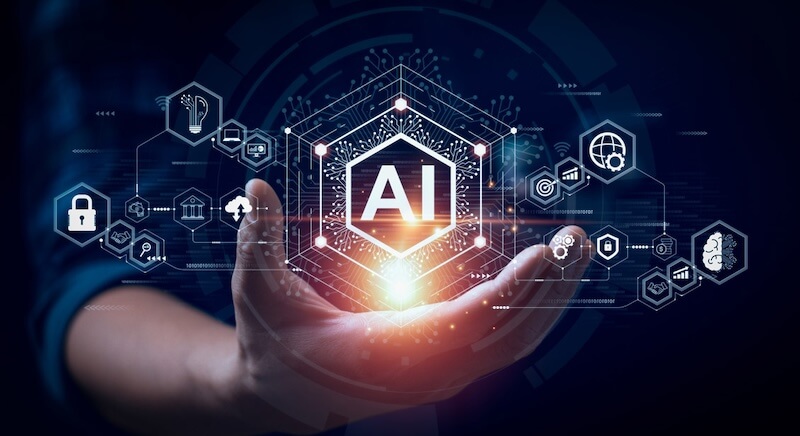IBM is currently undergoing a significant AI-driven transformation, marked by a reduction in HR staff and a simultaneous surge in hiring for technology and sales roles. This strategic shift, confirmed by IBM CEO Arvind Krishna, involves replacing several hundred HR positions with AI agents capable of performing tasks such as analyzing spreadsheets, conducting research, and drafting emails. This move is part of a broader initiative to enhance productivity and efficiency through AI and automation.
The Shift in Workforce Dynamics
The implementation of AI in HR has led to the automation of routine tasks, with IBM's AskHR agent now handling 94% of simple HR tasks like vacation requests and pay statement inquiries. Similarly, the AskIT agent has reduced calls and chats for the IT team by 70%. This automation has freed up resources, allowing IBM to redirect investments into other critical areas.
Despite the reduction in HR roles, IBM's overall employment has increased. The company is actively hiring more programmers, software developers, and salespeople, particularly those with critical thinking and human interaction skills. IBM's CEO, Arvind Krishna, stated that AI creates more investment to put into other areas. This realignment of the workforce demonstrates that AI can be a catalyst for job creation in new domains, fostering innovation and growth in emerging fields.
IBM's AI Strategy and Implementation
IBM's AI strategy extends beyond internal operations, with a focus on providing AI solutions to businesses across various platforms. The company is embedding AI deeply into its product suite, ensuring that automation and intelligence are foundational. This AI-native approach optimizes processes and enhances user experiences. IBM is also enabling its consultants to create AI applications, leading to the development of thousands of AI assistants and agents.
The company launched watsonx a year ago as a platform to help organizations build, train, deploy, and govern AI models. At the recent Think 2025 conference, IBM introduced several updates, including InstructLab, a new open-source technology developed with Red Hat, and IBM Granite 13B, a family of open-source language and code models. These advancements are designed to make AI more accessible to developers and business users alike.
IBM's AI strategy is not about replacing people but about enhancing how HR teams work. By automating repetitive tasks, AI frees HR professionals to focus on more strategic work, such as supporting growth, culture, and talent development. This approach balances efficiency with empathy, ensuring that human potential is elevated, not sidelined.
The Future of Work and IBM's Role
Looking ahead, IBM anticipates that AI agents will play a central role in HR and other business functions. The integration of Watsonx with Oracle Cloud expands reach, and the DataStax acquisition adds capabilities to process unstructured HR data at scale. IBM's transformation into an AI-first organization mirrors moves by other tech leaders, such as Alphabet and Microsoft, which have also reduced headcount while increasing investments in AI innovation.
IBM's experience demonstrates that AI can drive productivity improvements and create opportunities for employees to engage in higher-value work. The company has seen a $3.5 billion increase in productivity over the past two years by using AI in more than 70 business areas. IBM plans to invest $150 billion in the U.S. over the next five years, focusing on areas such as AI research and development.
IBM's strategic shift towards AI is reshaping its workforce and setting a precedent for the future of work. By embracing AI, IBM is not only enhancing efficiency but also fostering innovation and growth in emerging fields. The company's approach to AI integration serves as a blueprint for organizations aiming to balance technological advancements with human potential.

















